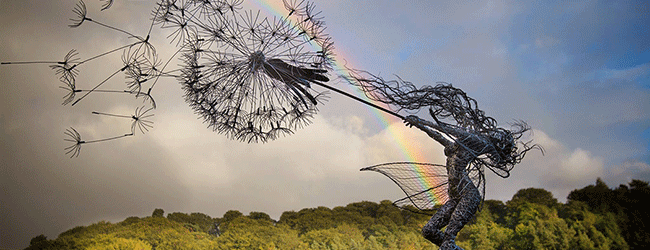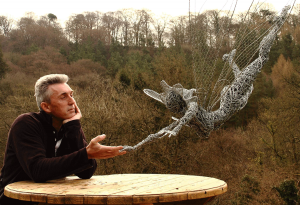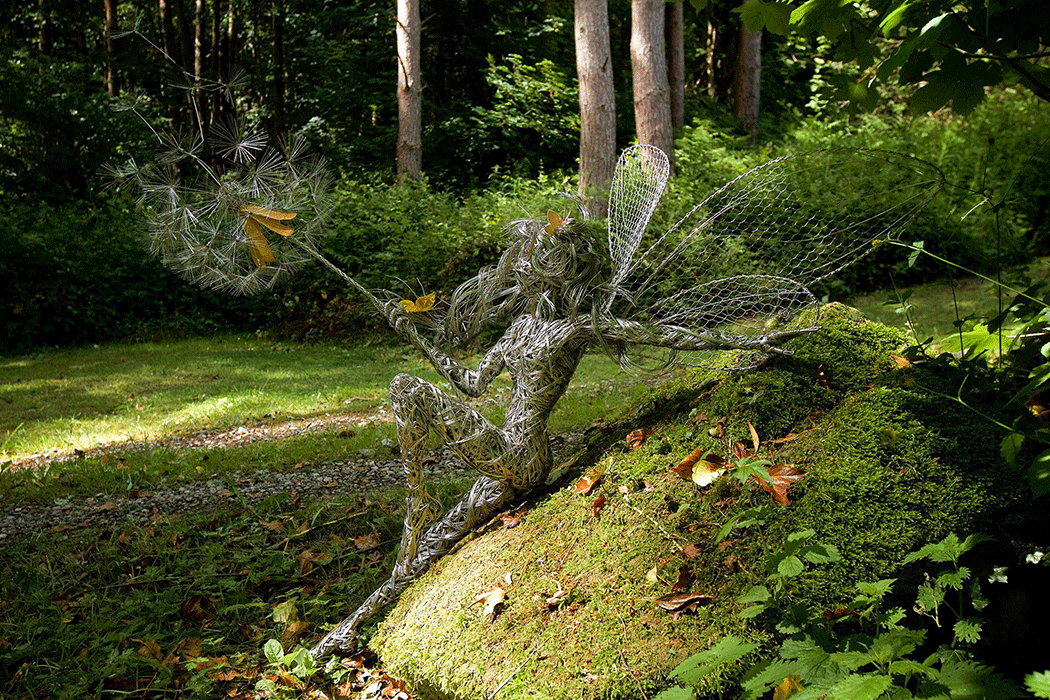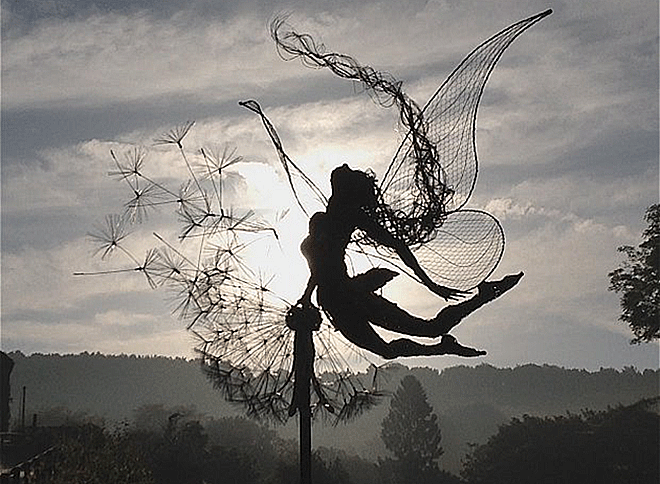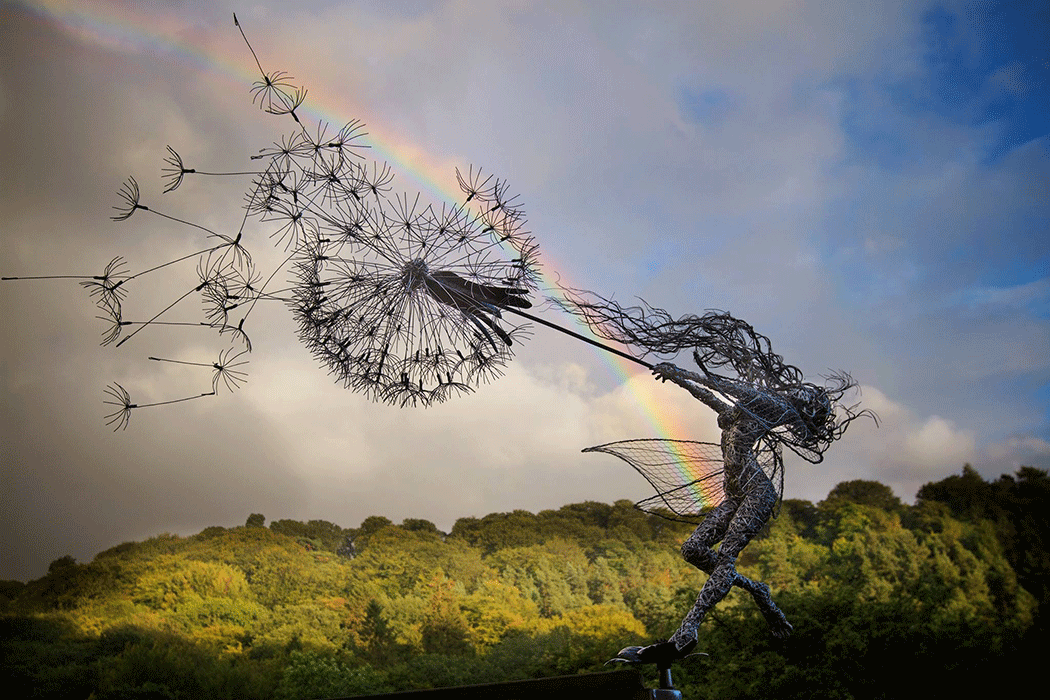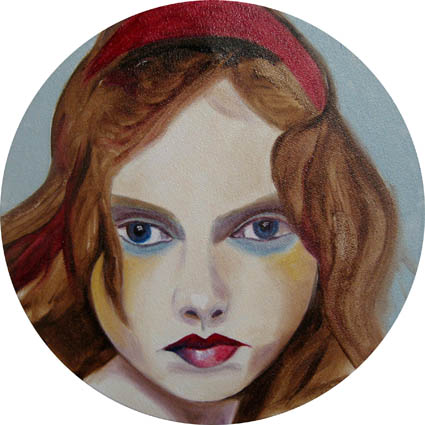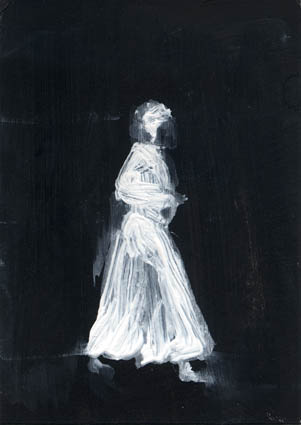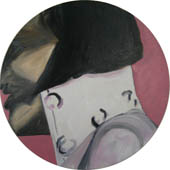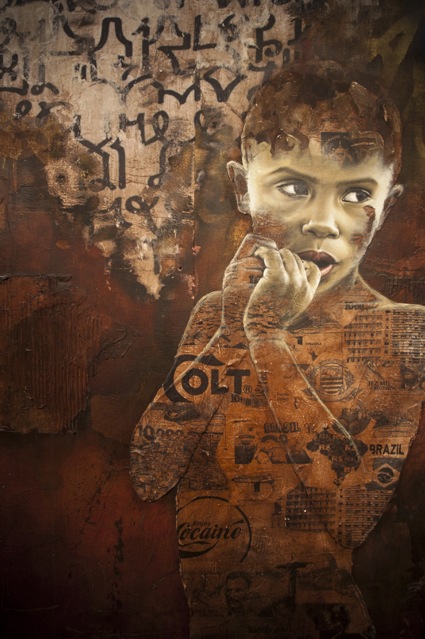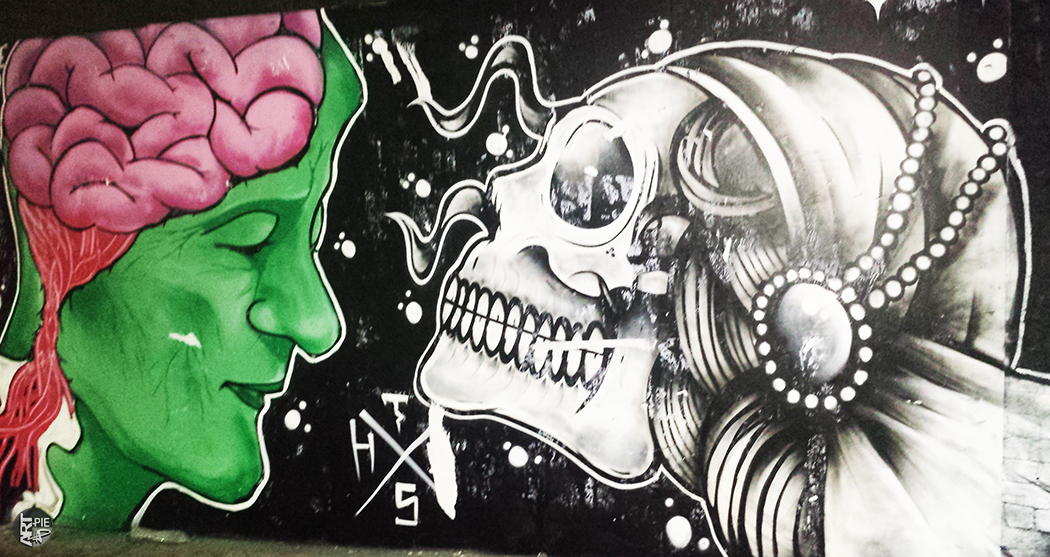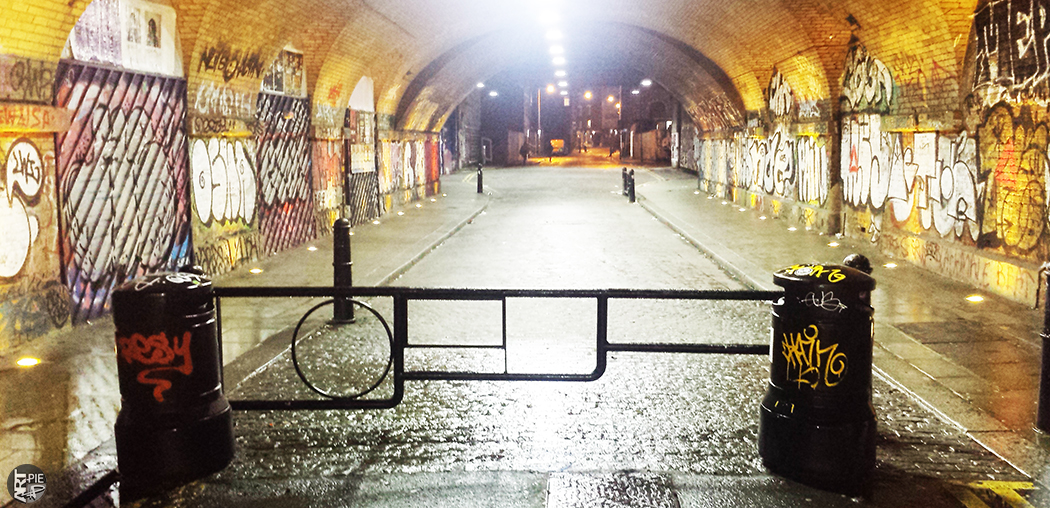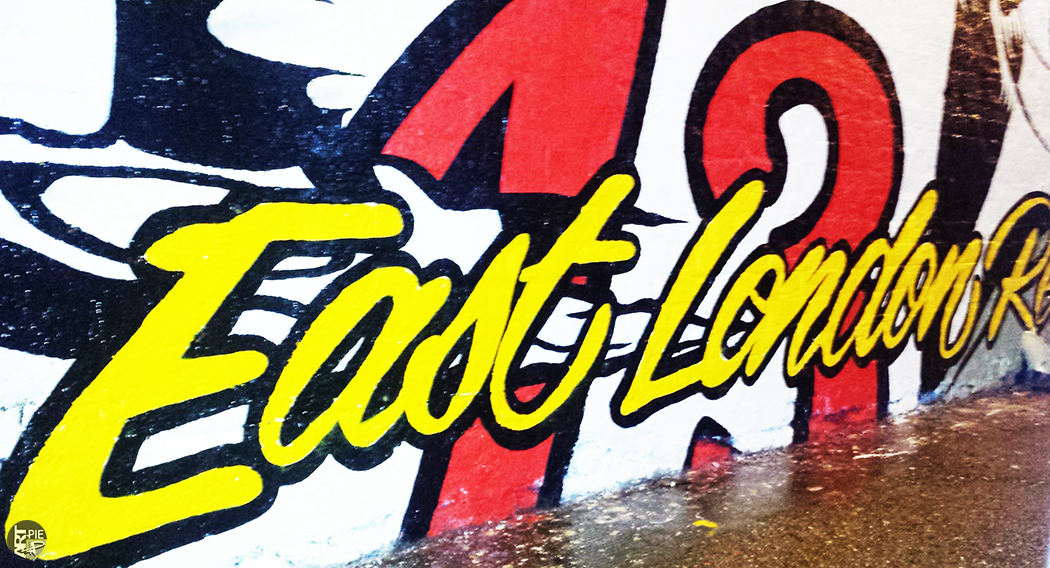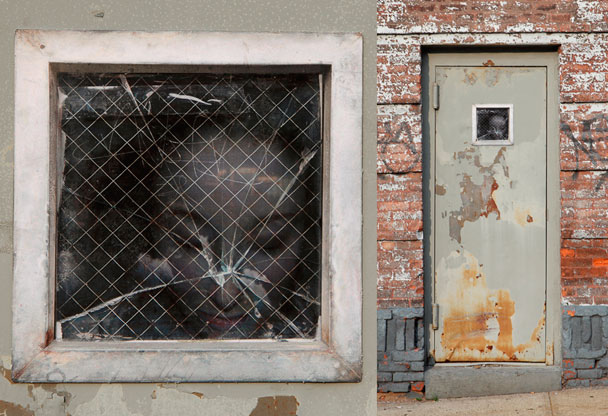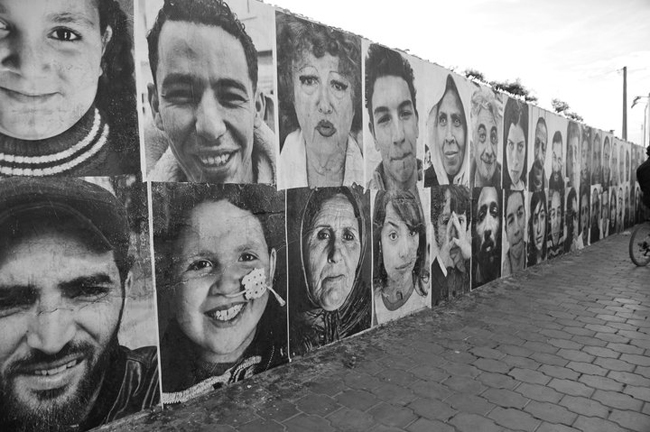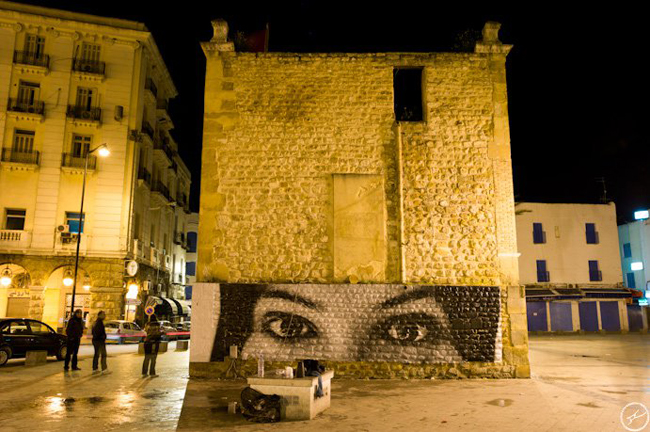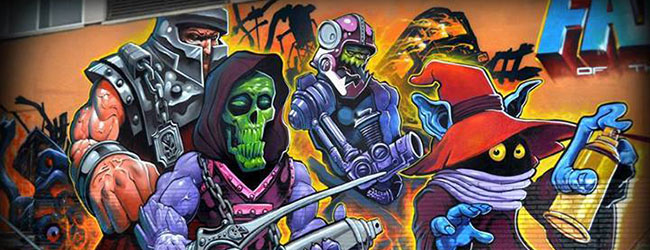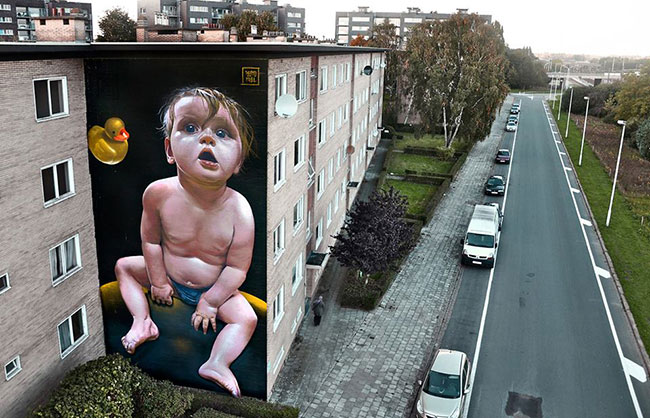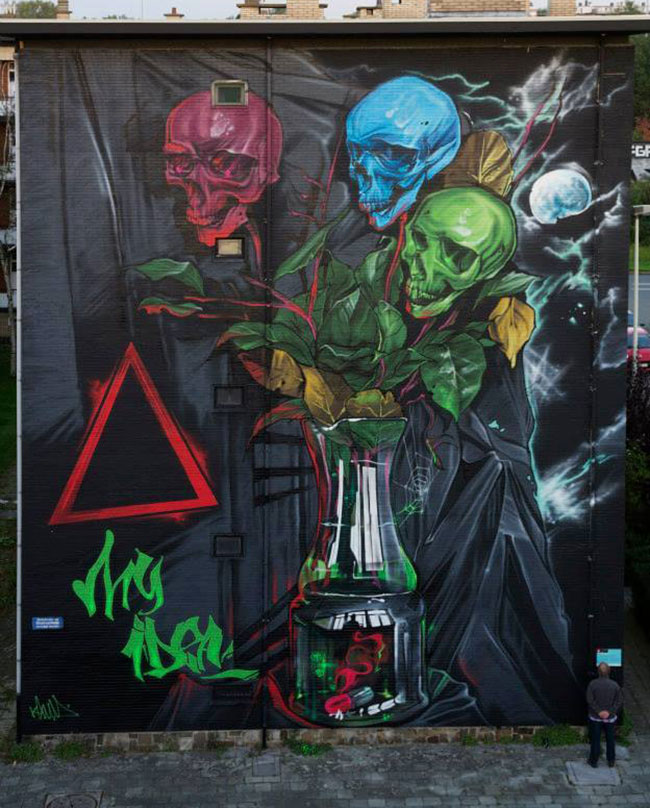In our first group show in the new Paul Street space, we are presenting four very interesting artists whose work links and entwines in very winning ways. It’s a fine match between the abstract and figurative ends of the painting spectrum.
However, this is not a one sided game, but an exploration of overlapping skills and techniques, that will make excellent viewing, if not producing any obvious winners.
Dan Baldwin
Of the two strongly figurative artists in the show, Dan Baldwin is best known to the UK. His dynamic and intricately subtle paintings are a familiar and respected part of the contemporary/urban art scene.
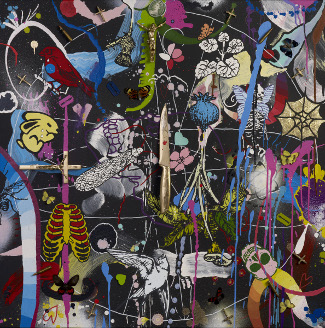
Joram Roukes
Joram Roukes is a new name to the UK. Roukes large-scale oil paintings have a sense of fantasy and humour that is superficially akin to Baldwin’s work. However, there is a more robust and serious purpose to these works, which gives them a powerful and dark effect.
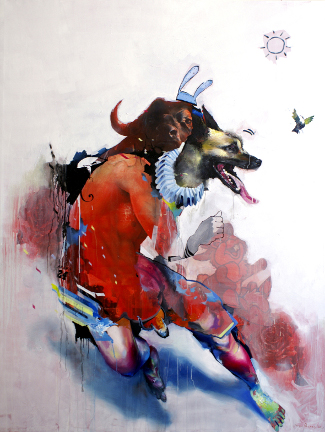
Andrew McAttee
The absence of any familiar figurative imagery seems to create an unnerving sense of emptiness. This is indeed joyous and decorative work (Power Pop Art as the artist calls it), with a childlike directness, but somehow there is still a sense of a void, giving the work an edge.
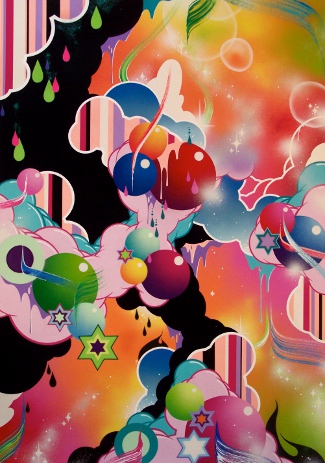
John Squire
His artwork first came to public notice with the very popular Pollockesque album cover designs for his band. Since then, his work has been paired down and has become generally abstract in form.
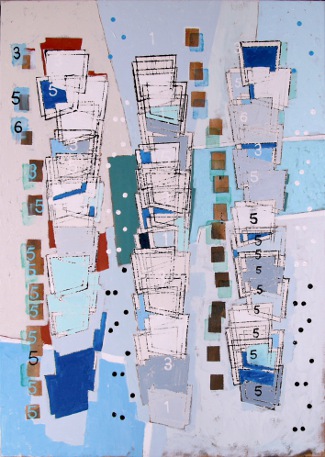
When
10th February Private View.
11th February – 5th March open to public.
Where
Signal gallery – 32 Paul Street London, EC2A 4LB
Words by Signal gallery

